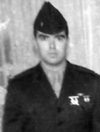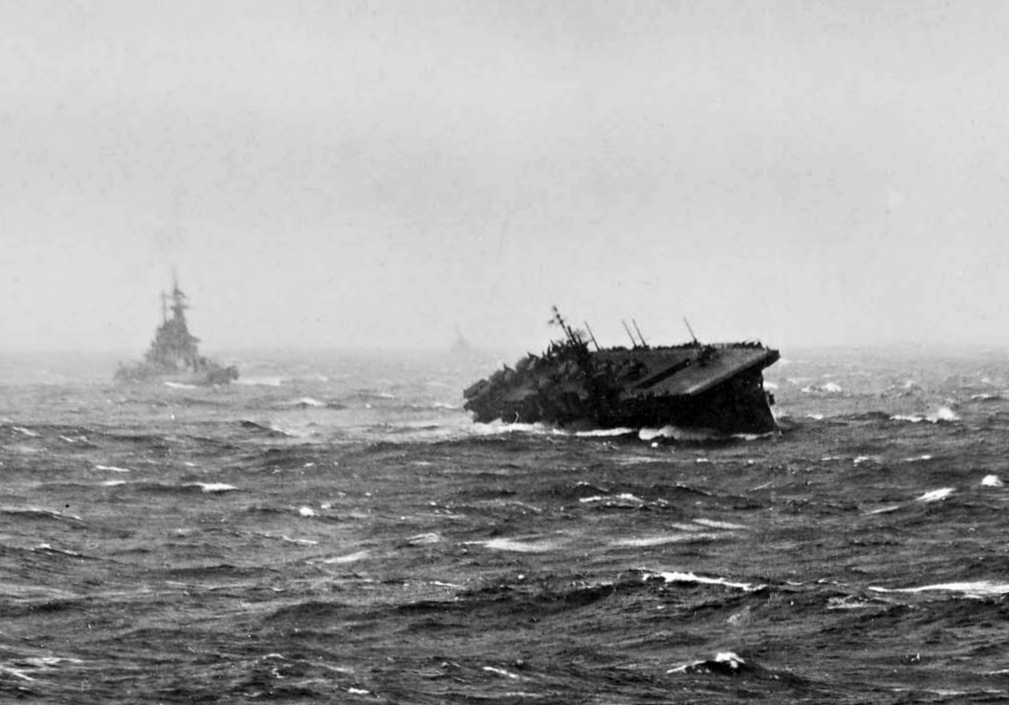18 December: Today in U.S. military history
 Today’s post is in honor of 2nd Lt. Michael P. Ruane who was killed by hostile fire during a combat operation just north of An Hoa Combat Base on this day in 1967. The 24-year-old Brooklyn, N.Y. native, assigned to Company M, 3rd Battalion, 7th Marines, 1st Marine Division, had only been in country for a week.
Today’s post is in honor of 2nd Lt. Michael P. Ruane who was killed by hostile fire during a combat operation just north of An Hoa Combat Base on this day in 1967. The 24-year-old Brooklyn, N.Y. native, assigned to Company M, 3rd Battalion, 7th Marines, 1st Marine Division, had only been in country for a week.
1902: Pres. Theodore Roosevelt orders Adm. George Dewey to take the U.S. North and South Atlantic Squadrons and sail to Venezuela, in order to prevent blockading European navies from waging war against Venezuela over unpaid debts.

1927: A day after a Coast Guard vessel accidentally rams – and sinks – the submarine USS S-4 (SS-109) off Cape Cod, Navy divers are rushed to the scene. Chief Gunner’s Mate Thomas Eadie learns by tapping on the hull that six sailors remain alive. When fellow diver Fred Michels attempts to attach a line pumping fresh air into the sub, which lies 100 feet below the surface, his own airline is fouled. Although exhausted from his previous dives – for which he will receive his second Navy Cross – Eadie quickly dives again and manages to save Michels after two hours of grueling work. Unfortunately, bad weather prevents the divers from saving the sub’s sailors in time, but Eadie is awarded the Medal of Honor.
1944: In the Philippine Sea, Adm. William “Bull” Halsey’s Task Force 38 sails directly into Typhoon “Cobra”. The 100 mph-plus winds and high seas capsize and sink three destroyers, while heavily damaging a cruiser, five aircraft carriers, and three destroyers. The deadly storm claims the lives of 790 U.S. sailors and destroys over 100 planes, leading to the creation of a Naval weather center and typhoon tracking center on Guam the following year.
Over China, nearly 300 B-29s Superfortress, B-24 Liberator, and B-25 Mitchell bombers – accompanied by P-51 Mustang escorts of the 14th Air Force – attack the Japanese Army’s expeditionary base at Hankao, igniting supply fires that will burn for three days.
1965: Two days after the aircraft carrier USS Wasp recovers Gemini VI astronauts Walter M. Schirra (USN) and Thomas P. Stafford (USAF) in the first-ever televised landing of a spacecraft, the crew of Gemini VII – Frank Borman (USAF) and Jim Lovell (USN) – splash down safely in the Atlantic just 11 miles away from Wasp.
1972: On the first day of President Richard Nixon’s Operation LINEBACKER II bombing campaign, an enemy MiG-21 “Fishbed” locks on to a B-52 following their bomb run and closes in. Tail gunner Staff Sergeant Samuel O. Turner opens fire with the bomber’s quad .50-caliber machine guns, blasting the MiG out of the sky and scoring the first tail gun kill for the B-52. Turner is awarded the Silver Star for saving his crew and his bomber now sits on display at Fairchild Air Force Base in Washington.
